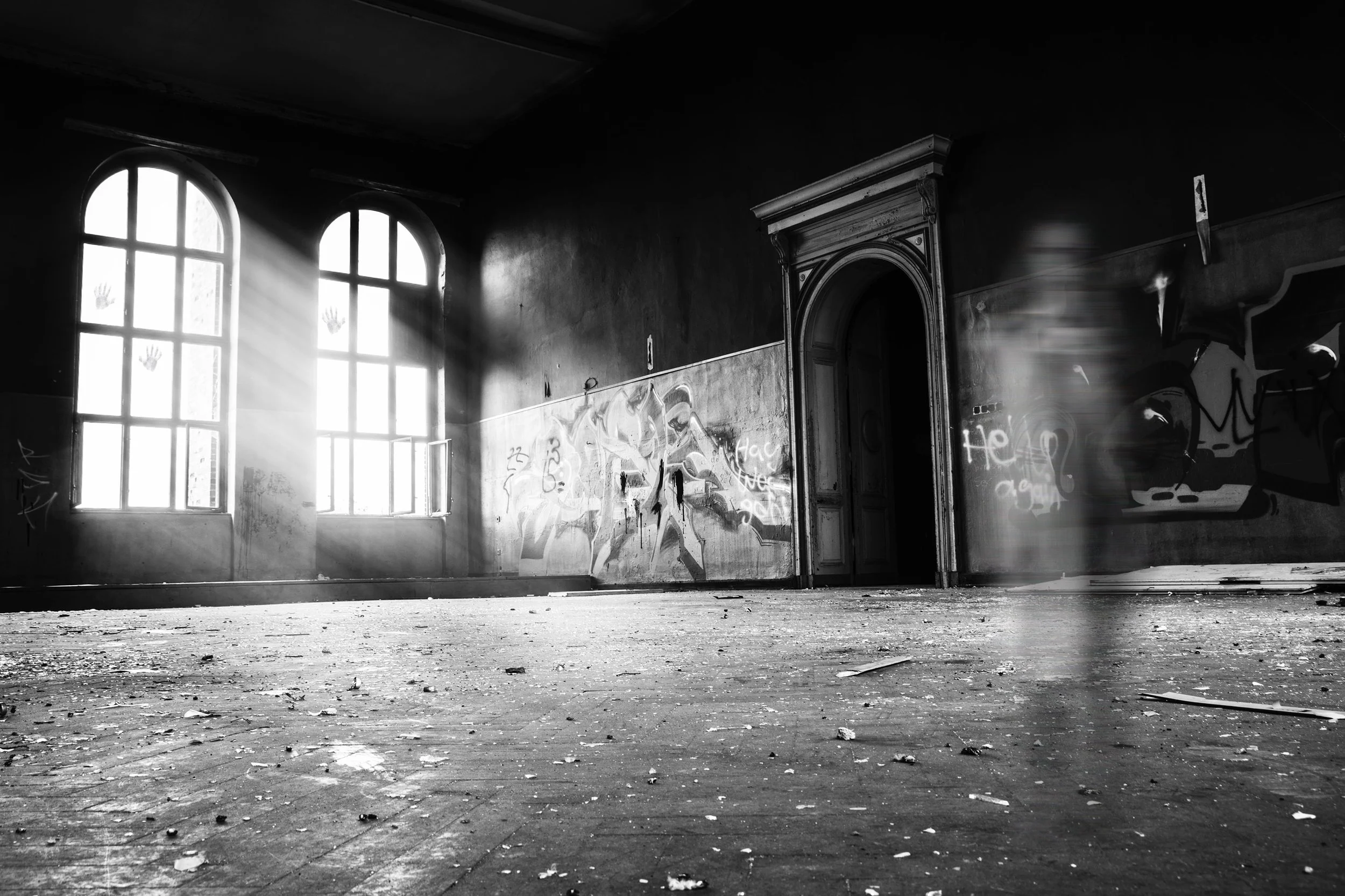86. Halloween? How about Samhain instead? The origin of Halloween.
Samhain (So-wan) is the origin of Halloween and it was a tradition that began in Ireland. Of course, like all ancient traditions, it has been transformed. Samhain is a Gaelic tradition that marks the end of the harvest season and the beginning of the dark half of the year, winter when the days are shorter and cooler in the Northern Hemisphere. The Celts divided the year in half - winter and summer.
Samhain marked the beginning of winter and was considered the beginning of the New Year. Sunset marked the end of the day and the beginning of another. Samhain is held on November 1st but the celebrations begin at sunset on October 31st. The spirits began their journey at this interval of light and dark. People lit bonfires to help them on their way. Gates and doorways, as well as boundaries, were protected with symbolic decoration.
Samhain is believed to have pagan origins, and some Neolithic passage tombs in Ireland are aligned with the sunrise at the time of Samhain. It was marked by great gatherings and feasts. Winter was approaching, and the landscape was undergoing a symbolic death, with the knowledge that it would reemerge in spring. Crops were dying, days were growing shorter, and the specter of death hung heavy in the air. Cattle were slaughtered and salted to feed the people through winter. Meals featured the fruits of the late harvest. Baked into the fruity Barm Brack dessert cake were fortune-telling tokens: a button for the bachelor, a coin for the rich man, a wooden matchstick for the pauper, and a thimble for the spinster. And whoever found the cake’s hidden gold ring would certainly marry within the coming year.
Ancient burial mounds were considered open as portals to the Otherworld. (A parallel universe/ supernatural realm of everlasting youth, beauty, health, abundance, and joy. It exists below ground where our ancestors - gods and goddesses live, along with the dead.)
Samhain was a threshold festival, when the boundary between this world and the Otherworld thinned, meaning the Aos Sí (the 'spirits', 'fairies', deities, pronounced 'Ees She') could more easily come into our world. These beings were appeased with offerings of food and drink, to ensure the people and their livestock survived the winter. The souls of dead kin were also thought to revisit their homes seeking hospitality, and a place was set at the table for them. By doing this it provides an opportunity to talk about grief, recall times of joy or sadness, and to honor their presence in our memories. Many people visit their family burial sites on this day. It was also customary to light a candle in the home for those who had died. Often this candle was allowed to burn itself out rather than be quenched.
Leaving a candle to burn out is a vivid and palpable reminder that the natural end to life is death. This belief in the souls of the dead being loosed on this day crossed over into the belief that one’s dead relations would come to your aid if you were in any danger. Mumming or dressing in disguises was part of the festival. People went door-to-door in costume reciting verses in exchange for food. The costumes may have been a way of imitating and disguising oneself from, the Aos Sí.
In the 9th century, the Church shifted the date of All Saints' Day to 1 November. Over time, it is believed that Samhain and All Saints' Day syncretized into modern Halloween.
Irish immigrants brought Hallowe’en to the United States after the great potato famine
of 1849. Happy Samhain and its modern version: Halloween.
Spiral Herbal Remedies was founded by Donna Troy Cleary in 2017. She is reclaiming an ancestral tradition of Herbalism that dates back to at least 1100, in Ireland. Both her father's and mother's families were Hereditary Herbalism Families in the Middle Ages and her father's family ran an Herbal Medical School in Ireland from 1400-1700.
Go to spiralherbalremedies.com and use the discount code Samhain Celebration for 10% off your next order. The discount cannot be applied to our Herbalism Classes.

